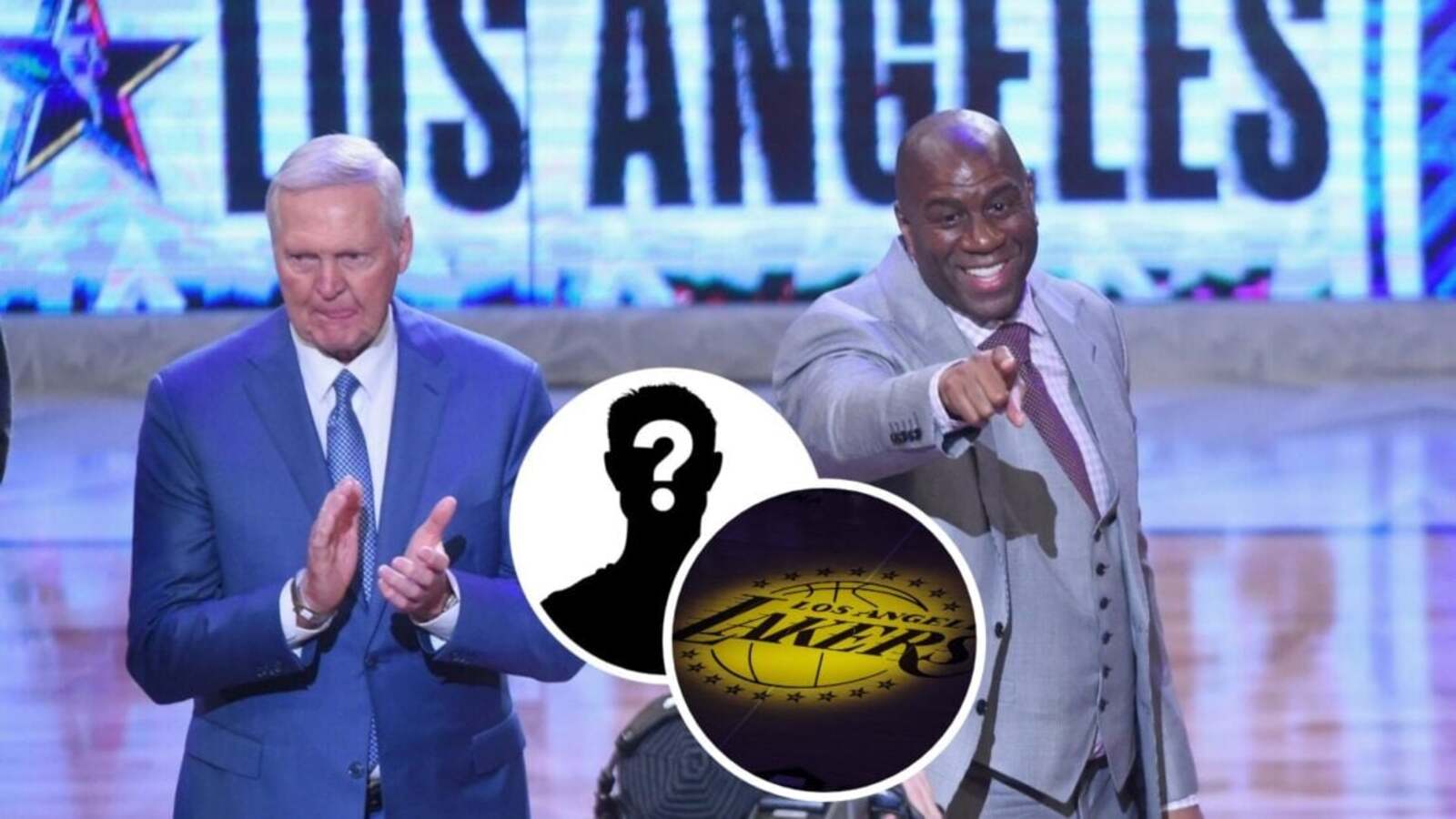On June 30, 1979, the Los Angeles Lakers made a hiring decision that would inadvertently lay the groundwork for one of the greatest dynasties in basketball history, despite the coach’s remarkably brief tenure. Jack McKinney, a visionary strategist, was brought in to transform the team, and he immediately implemented a revolutionary fast-paced offense that would soon become synonymous with the “Showtime” Lakers.
McKinney’s arrival came at a pivotal moment for the franchise, fresh off drafting Magic Johnson first overall. Despite having an established point guard in Norm Nixon, McKinney boldly opted to have both facilitators share the court and playmaking duties, a daring move that signaled his innovative approach to basketball strategy.
The impact of McKinney’s system was immediate and undeniable. The Los Angeles Lakers surged to an impressive 9-4 start to the season, quickly dispelling any concerns that his unorthodox style wouldn’t translate into wins. He had replaced Jerry West that summer, and his early success proved doubters wrong, demonstrating the viability of his run-and-gun offense never before seen at the professional level.
Tragically, just 13 games into the 1979 NBA season, McKinney’s transformative work was cut short. A severe bicycle accident rendered him unable to return to the sidelines, bringing an abrupt end to his brief but profoundly impactful coaching career with the Lakers.
Following McKinney’s unfortunate departure, assistant coach Paul Westhead was promoted to head coach. Remarkably, Westhead continued to build upon the foundation McKinney had established, leading the Lakers to an NBA championship that very season. Westhead himself acknowledged McKinney’s foundational role, stating, “Basically, I’m still building on the same things Jack and I talked about in training camp, which are the running game and playing four strong periods of defense.”
Though Jack McKinney would only ever coach 13 games for the Los Angeles Lakers, later moving on to the Indiana Pacers, his conceptual blueprint for the “Showtime Lakers” was solidified. His emphasis on a relentless, up-tempo style became the core philosophy that the franchise would leverage for nearly a decade of unparalleled success.
While Westhead initially continued McKinney’s fast-paced approach, he later implemented his own style which slowed the game down, leading to player discontent. This eventually led to Pat Riley taking the helm, who then perfected and popularized the “Showtime” style, a testament to the enduring influence of McKinney’s initial vision for Los Angeles Lakers basketball.
Ultimately, while iconic figures like Magic Johnson, Kareem Abdul-Jabbar, and Pat Riley became the public faces of the Lakers’ “Showtime” dynasty, the unsung hero, Jack McKinney, laid the audacious groundwork. In merely 13 games, he instilled a bold basketball strategy that defined an era and became the bedrock for one of the most celebrated periods in NBA history.






Leave a Reply